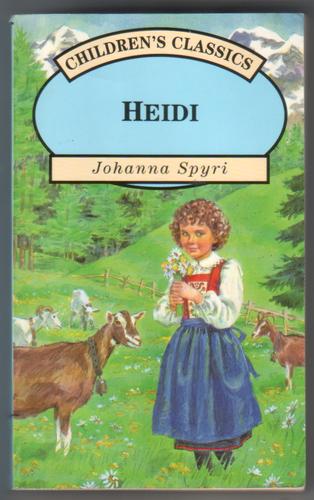The extreme hiatus this blog has suffered recently is down to the birth of my son - who arrived 2 days after the publication of my review of Soupy Twists on this here website.
He is now 3 months old and charming all he meets. He is also - unsurprisingly in a household stacked floor to ceiling with books - an interested reader, who sits through whole stories (which are longish for his age!) with great attention, as well as enjoying 'reading' soft books on his own.
Being a full-time mother who is soon to become a full-time working parent, I will have to work even harder to make room for my own reading and writing, as well as fostering my son's own love of reading. I can only apologise for the gaps between postings that may well result.
Prior to my son's birth, this blog was also an excellent venue for my poetic endeavours, during projects such as NaPoWriMo. However, as I am now trying to carve out a serious career in poetry-writing, and many publishers do not accept your work if it has appeared elsewhere (even on a personal blog), no more poems will appear here.
So what with poetry-writing, reviewing, reading, full-time working, co-parenting, gym-going, (occasional) socialising, and much more besides, it's possible that posts here will be infrequent. However, for now, let me leave you with a list of some of my son's favourite books:
Cuddles/Ploum series (translated from French, originally by Micheline Bertrand and Lise Marin)
Being a bilingual household, we have some of these in French and some in English. As well as admiring the simple illustrations and cute characters, we find the effects of the translation interesting: the original French books rhyme and give a jollier feel, whereas the English ones do not rhyme and as such are more calming. Both, however, are perfect for bedtime, including length-wise - and thanks to being written in the 1980s, provide a nostalgic element for parents too. You have to enjoy a challenge, too, though - many are sadly out of print, so hunting through eBay and charity shops alike is essential. Nonetheless, you won't regret it!
The Storm Whale series (Benji Davies)
I admit that we often read books to our son that are pitched a bit above his age group! This series is intended for 3-7-year-olds. However, he sits through them happily and really focuses on the frankly beautiful and detailed illustrations. There are also little puns hidden in some of the pictures for parents (and, eventually, older children) to find. These are therefore really books that will grow with your child, which include moral messages without being preachy.
Juste un petit bout (Emile Jadoul)
Emile Jadoul's delightful little book is another one that's perfect for bedtime, with clearly recognisable (yet appropriately flawed) characters that are repeated throughout the pages, and a concise story that emphasises sharing. This one has been translated into English under the title Just A Little Bit. Some of his other books are also available in English, such as Look Out - It's The Wolf, and Push Me Higher!, as well as in other languages (such as Spanish and Italian). Our son's liking for it is testified via the corner of our copy which has been lovingly chewed upon.
Little Hedgehog series (Christina M Butler)
This series is another one recommended for its beautiful illustrations, which again hold our son's attention wonderfully. Aspects of the books are also textured, making them appropriate for even the very smallest readers, as well as offering well-constructed and rhythmically-told stories. Most of our copies are in French, but again the series is available in many languages, including Dutch.
Goodnight Everyone // A Bit Lost, by Chris Haughton
Our baby's bedtime routine is without a doubt enhanced by Chris Haughton's unique illustrations of adorable baby animals who are looking for their mummies, insisting they aren't tired, and more. Haughton's distinctive style and skill with different graphic weights makes this very different and much more modern than the more classically-illustrated books I have mentioned above, and are economical with the text too (with not a word wasted) while still incorporating humour (and maintaining that delicate balance of not making the little one too hyper before he goes to sleep). We have one in French and one in English, so you can probably take your pick of languages too.
Usborne Very First Cloth Books
Believe it or not, though, our son does actually possess some age-appropriate reading material, and he loves his Cot Book with a night-time theme from Usborne. Its detailed and brightly-coloured images offer contrasts that he spends ages looking at - and with a woodland theme on one side and a space theme on the other, there's plenty to keep your little one entertained. This was an impulse purchase in Exeter that has turned out to be excellent value!
****
I'm sure I'll probably think of, and discover, even more as our little boy grows up. What are your children's favourites? Don't hesitate to comment below!
First three Chapters....
16 years ago




















